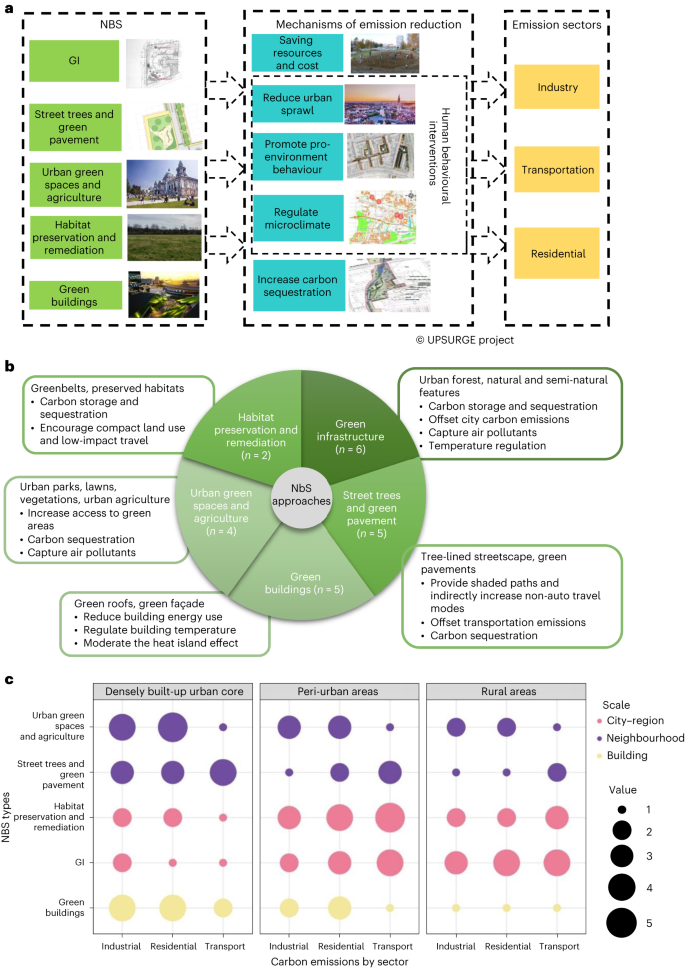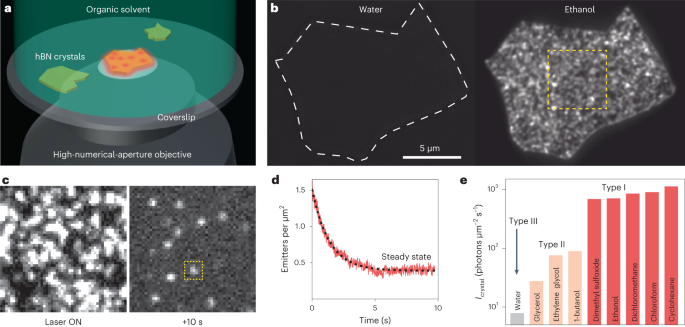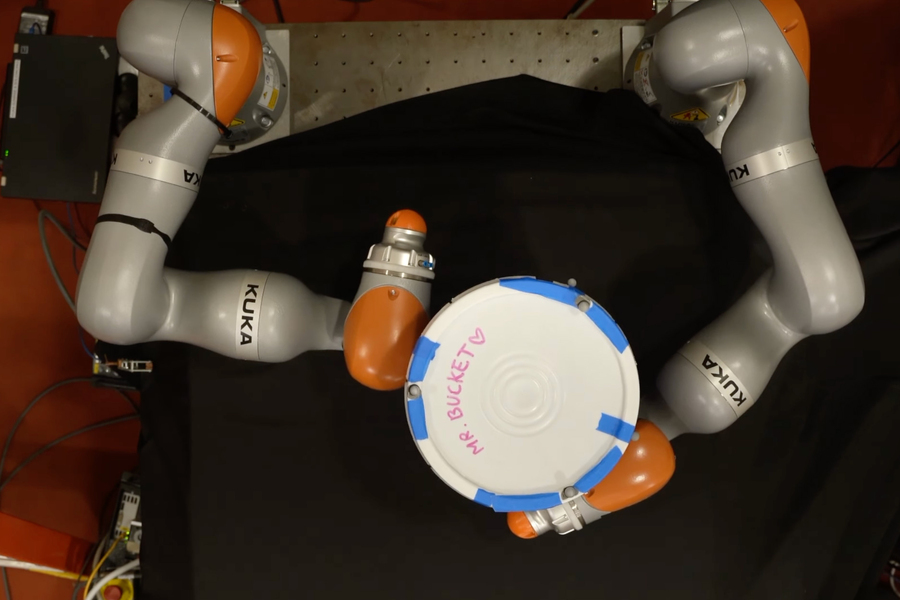2023-09-01 スウェーデン王立工科大学(KTH)
◆スウェーデン、アメリカ、中国の研究者により実施され、EUの54の都市での自然による炭素隔離の効果的なアプローチを提案し、これらの手法を他の気候対策と組み合わせることで、都市がゼロカーボンを達成し、平均で17.4%の排出削減が実現できることを示しています。
◆研究者は、都市の「自然ベースの解決策」が炭素中立に寄与する間接的な方法に焦点を当てました。これには都市農業、透水性の舗装、緑地の拡充、野生動物の保護、歩行と自転車のための良好な環境などが含まれ、これらの手法は都市の微気候を改善し、エネルギー消費を減少させる効果もあります。研究はさらに、最適な効果を得るための優先順位と配置についても提言しています。
<関連情報>
- https://www.kth.se/en/om/nyheter/centrala-nyheter/study-making-cities-greener-doesn-t-just-capture-carbon-it-reduces-it-1.1275450
- https://www.nature.com/articles/s41558-023-01737-x
優先的に配分された都市の自然ベースのソリューションがカーボンニュートラルに貢献 Contribution of prioritized urban nature-based solutions allocation to carbon neutrality
Haozhi Pan,Jessica Page,Rui Shi,Cong Cong,Zipan Cai,Stephan Barthel,Patrik Thollander,Johan Colding & Zahra Kalantari
Nature Climate Change Published:20 July 2023
DOI:https://doi.org/10.1038/s41558-023-01737-x

Abstract
Nature-based solutions (NBS) are essential for carbon-neutral cities, yet how to effectively allocate them remains a question. Carbon neutrality requires city-led climate action plans that incorporate both indirect and direct contributions of NBS. Here we assessed the carbon emissions mitigation potential of NBS in European cities, focusing particularly on commonly overlooked indirect pathways, for example, human behavioural interventions and resource savings. Assuming maximum theoretical implementation, NBS in the residential, transport and industrial sectors could reduce urban carbon emissions by up to 25%. Spatially prioritizing different types of NBS in 54 major European Union cities could reduce anthropogenic carbon emissions by on average 17.4%. Coupling NBS with other existing measures in Representative Concentration Pathway scenarios could reduce total carbon emissions by 57.3% in 2030, with both indirect pathways and sequestration. Our results indicate that carbon neutrality will be near for some pioneering cities by 2030, while three can achieve it completely.



